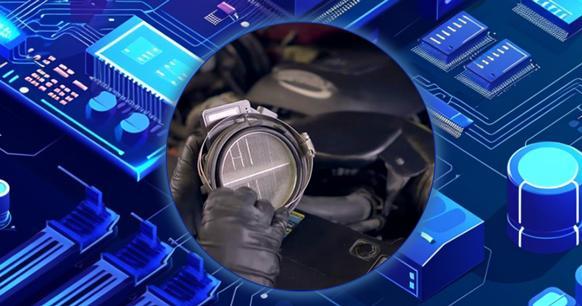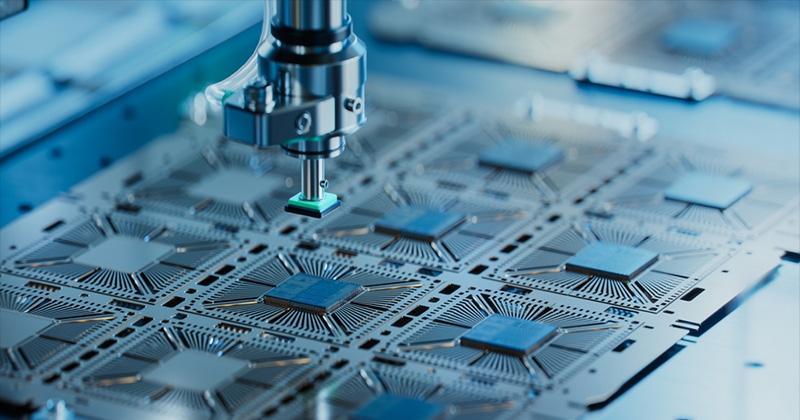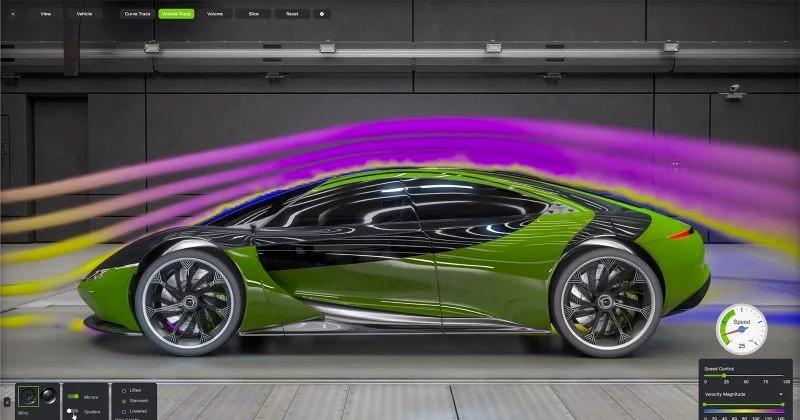
CR123 vs. CR123A Batteries: Comprehensive Comparison and Guide for Electronic Devices
Batteries are an essential component in the power supply of a wide range of electronic devices. Among the numerous types of batteries available on the market, the CR123 and CR123A models are particularly popular due to their versatility and reliability. Lithium-based batteries are particularly effective for small, high-output devices, including cameras, light meters, smart home devices, advanced flashlights, tactical equipment, and other battery-powered devices.
This article will examine the differences between CR123 and CR123A batteries. Please read on to learn more about the features and benefits of each option to help you make an informed decision that best suits your needs.
What are CR123 Batteries?
CR123 batteries are compact, high-powered 3V lithium batteries designed for use in small devices such as alarms, flashlights, cameras, and household electronics.
The typical power capacity of these batteries ranges from 1,500 to 2,500 mAh (milliampere-hour).
The majority of CR123 brands are capable of handling continuous current within the range of 1,000 mA to 2,000 mA, as well as pulse current up to 3,000 mA.
The milliampere-hour (mAh) rating indicates the energy capacity of these batteries. Most of them can power a device drawing 100 milliamps for up to 30 hours.
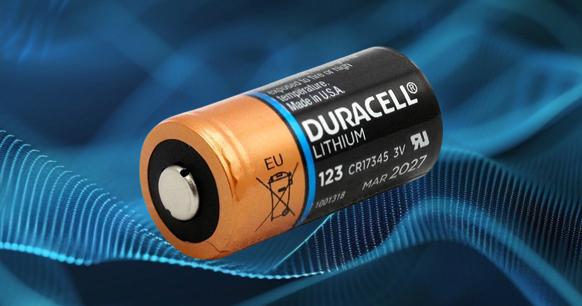
Note: Milliampere hours (mAh) quantify the battery's energy capacity, indicating how much power can be drawn from the battery and for how long.
Applications
Photography Equipment
CR123 batteries are suitable for use in photographic equipment such as cameras and flashes. They provide a reliable voltage, which is essential for the operation of digital cameras and flashes. These batteries are particularly well-suited to support high frame rate shots, making them an excellent choice for professional use.
What are CR123A Batteries?
The CR123A battery is a cylindrical lithium cell battery with a shape that resembles a smaller version of a C cell battery, or, more simply, a can. This battery has a wide range of applications, including use in medical devices and military-grade technology. Due to its widespread usage, there are occasional challenges in finding it in stock. This article provides comprehensive information about the CR123A battery, manufactured by various large and small companies, including Panasonic, Duracell, Energizer, Tenergy, and numerous smaller brands.
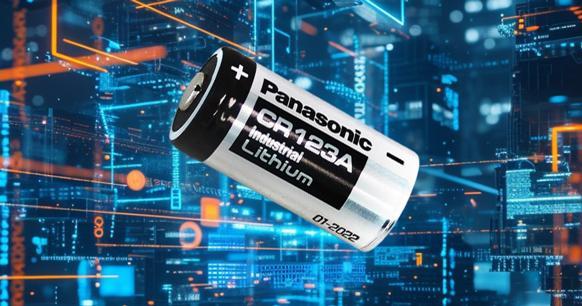
Specifications
|
Type |
Parameter |
|
Battery Nominal Voltage |
3.2-3.3 Volts |
|
Capacity (Lithium) |
≈ 1550 mAh |
|
Operating Temperature |
-20°C – 75°C |
|
Height |
34.2 mm |
|
Width (Diameter) |
17.0 mm |
|
Chemistry |
Lithium Manganese Dioxide |
Features and Benefits
l Wide Operating Temperature Range: Functions efficiently in temperatures from -40°C to +70°C, ensuring reliability in both extreme cold and heat.
l High Current Pulse Discharge: Designed to handle high current pulse discharges, making them suitable for devices requiring sudden power bursts.
l Consistent Voltage: Maintains a stable voltage throughout its discharge cycle, ensuring continuous and reliable performance.
l High Energy Density: With superior energy density, these batteries deliver robust power in a compact form, perfect for devices like cameras and flashlights.
l Extended Lifespan: These batteries boast a long lifespan, typically lasting between 2 to 5 years, depending on usage and conditions.
l Versatile Usage: Ideal for a wide range of applications, including flashlights, medical devices, cameras, and more, offering flexibility across various devices.
l Superior Performance: Engineered to perform optimally in diverse environments, including extreme temperatures and high-drain scenarios, making them essential for challenging tasks.
l Safety and Reliability: These batteries are designed with safety and stability in mind, making them an excellent choice for sensitive equipment used in critical situations.
Applications
The CR123A is a popular choice for use in high-performance LED flashlights and digital cameras, as well as other compact devices that require substantial power, including:
Flashlights and Tactical Gear
Tactical flashlights, which are commonly utilized in law enforcement and military applications, often rely on CR123A batteries for their reliable performance in high-intensity situation
Security Systems
CR123A batteries are the primary power source for home security systems and outdoor surveillance cameras, offering an extended operational duration and uninterrupted functionality.
What's the Difference Between CR123 and CR123A Batteries?
The CR123 battery is identical to the CR123A battery and operates based on the Duracell lithium battery mechanism. The discrepancy in labeling stems from the fact that different manufacturers have adopted distinct naming conventions for their products. It is important to note that two different product samples will inevitably exhibit specific differences, and this is true of both the CR123 and the CR123A. Let us examine a few key metrics for comparison, providing you with a comprehensive review.
Size
Both the CR123 and CR123A batteries are designed to be compact, offering substantial power. Their compact design and high power-to-size ratio make them ideal for energy-intensive applications such as high-output LED lighting.
In terms of physical dimensions, 123s are typically longer and thinner than 123As, with a maximum difference of 0.55 mm in either direction. It should be noted that there may be slight variations in dimensions among manufacturers, which could present a challenge in distinguishing between the two.
In comparison to alkaline AA batteries, which have an average length of 44 mm, both CR123 and CR123A batteries are considerably shorter while delivering twice the voltage. Two CR123s can yield 6V in a much more compact configuration than the 3V output from two AAs, representing a significant advantage in terms of space efficiency.
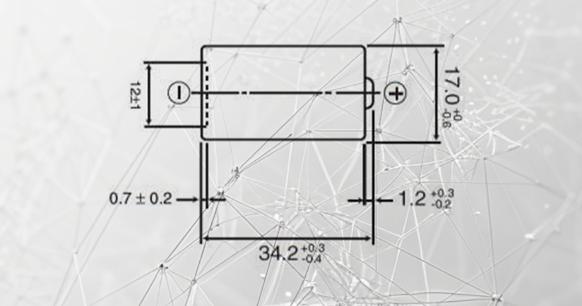
CR123A Dimensions
Life Span
Both batteries have a comparable shelf life, extending to 10 years when stored below 60°C.
When integrated into your devices, both batteries demonstrate extended durability. The specific lifespan varies based on the device and the manufacturer. For example, they may last up to five years in an alarm system.
Voltage
Both the standard 123 and 123A models have a nominal voltage of 3V. The standard loaded voltage for these batteries is typically within the 2-2.5 volt range.
In essence, both cells have the potential to drive significant electric currents through devices, particularly given their compact size.
In general, there is no significant difference in voltage between the two battery types.
Chemistry
Both battery types employ a lithium-based salt as an electrolyte with a chemical system of lithium and manganese dioxide (LiMnO2). Both cell types feature a cathode (positive terminal) comprising heat-treated manganese dioxide.
The chemical system operates identically, providing a high energy density per mass (280 Wh/kg) and per volume (580 Wh/L).
Note: Wh (watt-hour) is a unit used to measure the battery's energy density. The watt-hour (Wh) per kilogram or liter measurement indicates the battery's energy density per unit of mass or volume, respectively.
Safety
Lithium presents certain risks, particularly in the event of skin contact, and its high voltage can cause damage to devices.
123s and 123As are equipped with PTC (Pressure, Temperature, Current) protection, which interrupts the circuit if the current exceeds safe levels.
Operating Temperature
The primary distinction between the CR123 and CR123A lies in their respective operational temperature ranges. The CR123 is designed to function within a temperature range of -20 °C to 70°C, while its counterpart is capable of operating across a significantly broader temperature range, from -40 °C to 70°C.
Performance Comparison
Energy Density
CR123A batteries demonstrate a noteworthy energy density, indicating their ability to store significant energy within a compact format, resulting in extended power output.
Temperature Extremes
Both batteries are suitable for high-temperature environments, with the added advantage that CR123A excels in low-temperature operations.
Cost-Effectiveness
Initial Investment
However, their extended operational lifespan and greater capacity can offset this initial cost over an extended period, making them a cost-effective choice in the long run.
Longevity and Replacement Frequency
CR123A batteries are designed for prolonged use in high-drain devices, reducing the need for frequent replacements compared to CR123 batteries, which makes them an ideal choice for high-volume applications.
Environmental Impact
Disposable vs. Rechargeable Options
Both options are not designed for recharging and have a significant impact when disposing of used batteries.
Recycling and Disposal
It is recommended that battery recycling practices be engaged in to mitigate the environmental impact of these products. A variety of standards exist to facilitate proper disposal of batteries through recycling.
CR123 vs. CR123A Batteries: Comparison Table
|
Feature |
CR123 |
CR123A |
|
Dimensions |
17 x 34.5 millimeters |
17 x 34 millimeters |
|
Voltage |
3 Volts |
3 Volts |
|
Charging voltage |
1.2 Volts |
1.5 Volts |
|
Peak output |
3.6 A |
4.2 A |
|
Weight |
17 g |
17 g |
|
Capacity |
2,000-2,500 mAh |
2,000-2,500 mAh |
|
Pulse current |
3,000 mA |
3,000 mA |
|
Working life |
2 to5 years |
3- to6 years |
|
Performance |
better |
lower |
|
Compatibility |
many devices like toys etc |
different devices |
|
Cost |
5 to10 dollars |
5 to10 dollars |
CR123 and CR123A Name Meaning
A comparative analysis of these two batteries reveals that they are, in fact, quite similar. The primary distinction between the two is in the nomenclature, which reflects the manufacturer's preference. Some are labeled CR123, while others are designated CR123A. The inclusion of the letter "A" in the designation "CR123A" indicates that the battery is two-thirds the size of a standard A-sized battery.
The initial two letters in CR indicate that the battery contains lithium and is cylindrical in structure. The number 123 indicates the battery size, which is two-thirds the standard length of a battery.
Therefore, regardless of whether a CR123 or CR123A battery is used, it can be considered a comparable type of battery.
Are CR123 and CR123A batteries the Same?
It is reasonable to conclude that the primary distinction between the two batteries is the presence of the letter A. When examining their functionality, performance, lifespan, and chemistry, they are essentially the same.
Both batteries are suitable for use in high-performance devices, including those with intermittent demands for substantial power output, such as digital cameras with flashes and advanced LED torches.
It is common practice for manufacturers to assign distinct labels to batteries that are essentially the same type. To illustrate:
· Energizer –123
· Rayovac — 123A
· Duracell — CR123
· Panasonic — CR123A
The slight difference in dimensions is so insignificant that both batteries can be used interchangeably in all devices.
Are CR123 and CR123A Interchangeable?
While the specifications and dimensions may seem inconsequential, we advise against using these two products interchangeably. Please explain the rationale behind this recommendation.
Despite the slight length disparity between the CR123 and its counterpart, there are instances when inserting batteries into delicate devices may present a challenge. Furthermore, the CR123a is designed specifically for use in high-tech LED torches and digital cameras, a feature not shared by the CR123.
In terms of voltage, the CR123 battery provides a higher voltage than its counterpart, but is less powerful than the CR123A model. As a result, deliberate substitution can occasionally result in performance issues with the equipment in question.
CR123A Equivalent
EL123A, DL123A, 16340, CR17335 and RL123A can equivalent to CR123A.
· 16340: The 16340 battery, a lithium-ion variant, is comparable in size and voltage to the CR123A. It can be used as a substitute for CR123A batteries in specific devices. It is important to note that 16340 batteries are rechargeable, in contrast to the non-rechargeable CR123A batteries.
· DL123: This lithium manganese dioxide battery is identical in size and voltage to the CR123A. It can be used in place of a CR123A battery in the majority of devices.
· EL123A: This lithium manganese dioxide battery is comparable in size and voltage to the CR123A. This product is a suitable alternative to the CR123A battery.
· CR17335: The CR17335 is a lithium thionyl chloride battery that is comparable in size and voltage to the CR123A. The CR17335, a lithium thionyl chloride battery, is comparable in size and voltage to the CR123A. While the CR17335 battery is interchangeable with the CR123A battery, it should be noted that the latter is more commonly used, which may make it more difficult to procure.
How do you Know Whether the Batteries Need to be Replaced?
The diverse impact and maintenance approaches make it challenging to determine an exact timeframe for the longevity of the aforementioned products. However, industry experts suggest that these battery variants typically have a lifespan of approximately three years before exhibiting signs of wear and becoming non-rechargeable.
CR123 vs. CR123A Conclusion: Which One Should You Buy?
The objective of this article is to provide a comprehensive and detailed comparison of the CR123 and CR123A brands. While the difference between these two products may not be significant, it will undoubtedly impact the performance quality of electronic devices. It is advisable to assess and select appropriate products rather than utilizing them interchangeably.
When evaluating CR123 and CR123A batteries, three key factors warrant consideration:
· It is advisable to examine the mAh, as a higher mAh tends to extend the battery's lifespan.
· It would be prudent to assess the shelf life, particularly if some batteries remain unused for an extended period.
· Factor in the price.


